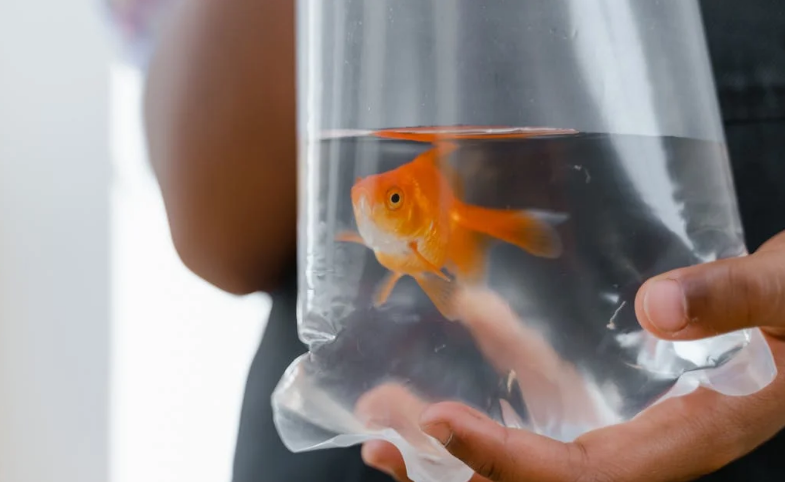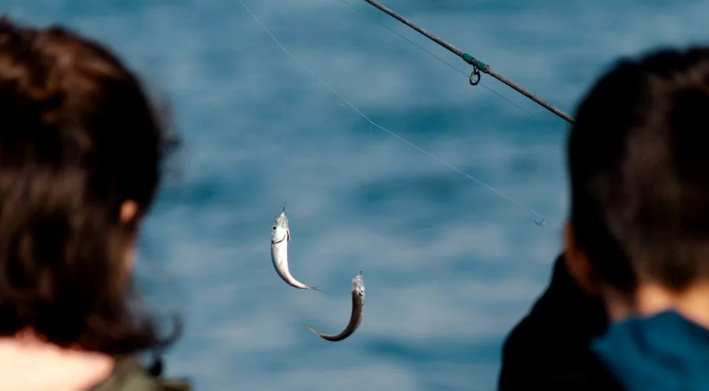Transporting fish, whether from a pet store to home or between tanks, can be a delicate task. The key question on every fish owner’s mind: How long can fish safely live in a bag? Understanding this is vital to ensure your fish make the journey stress-free and healthy. Let’s dive into the factors that influence this and how to best prepare for your fish’s trip.

Factors Influencing Fish Survival in a Bag
Several factors determine how long fish can survive in a bag. These include:
- Oxygen Levels: Fish need oxygenated water to survive. Over time, the oxygen in the water gets depleted, especially in a confined space like a bag.
- Water Temperature: Fish are sensitive to temperature changes. Too hot or too cold, and they get stressed or worse.
- Fish Size and Species: Larger fish or those requiring more oxygen may have a shorter survival time in a bag compared to smaller, hardier species.
- Bag Size and Water Volume: More water means more diluted waste and a better buffer against temperature changes, providing a more stable environment for the fish.
- Travel Conditions: How the bag is handled, the duration of the trip, and the external environment (like air temperature) play significant roles in fish survival.
Short Trips: Home from the Pet Store
For short trips, such as bringing a new fish home from the pet store, the general rule of thumb is that fish can survive in a bag for 5 to 7 hours.
- Oxygen Supply: Pet stores usually fill the bag with air, often including pure oxygen, which helps sustain the fish for several hours.
- Minimal Stress: The water in the bag should come from the tank the fish was already in, helping to minimize the stress of a sudden environment change.
Longer Journeys: Moving or Shipping Fish
When transporting fish over longer distances or for extended periods, the guidelines are a bit different. Fish can typically survive up to 24-48 hours in a bag under ideal conditions, but preparation is key.
- Oxygenating the Bag: For long trips, using pure oxygen instead of air can significantly extend the time fish can stay in the bag.
- Double Bagging: Using two bags can prevent leaks and provide an additional layer of protection against sudden temperature changes.
- Water Volume: Ensure a good balance between water and air. Typically, filling one-third of the bag with water and leaving the rest for air works best.
- Temperature Control: Keeping the bag in a temperature-stable environment, like a cooler, helps maintain an ideal temperature for the fish.
- Reduce Stress: Keeping the bag in a dark place during the trip can reduce fish stress levels, as they are less likely to see their surroundings.
Read More:
Do Clownfish Eat Their Own Eggs?
What Fish Are Not Bottom Feeders?
Emergency Situations: Fish in a Bag Overnight
In emergencies, such as unexpected delays or overnight stays, fish can sometimes be kept in a bag for up to 72 hours. This, however, requires careful management:
- Frequent Oxygen Checks: The bag should be checked and potentially re-oxygenated periodically.
- Monitor Temperature: Ensure the bag remains in a stable temperature environment.
Best Practices for Transporting Fish
To maximize your fish’s survival and comfort during transport, follow these best practices:
- Plan Ahead: Prepare the bagging process and understand the journey ahead. Ensure you have all necessary supplies, including bags, oxygen sources, and temperature control methods.
- Avoid Overcrowding: Transporting multiple fish in the same bag increases the risk of oxygen depletion and stress. Use separate bags for each fish if possible.
- Secure the Bag: Ensure the bag is properly sealed and doesn’t have any sharp objects that could puncture it. Double bagging is a good precaution.
- Minimize Handling: Once the fish are bagged, handle them as little as possible to avoid stress.
- Gradual Acclimation: Upon arrival, acclimate the fish to their new environment slowly to reduce shock. This involves floating the bag in the new tank water to equalize the temperature and gradually mixing in the tank water.
FAQs
Q: Can I use a plastic bag from home for transporting fish? A: It’s best to use professional fish transport bags, which are more durable and designed to hold water without leaking. Household plastic bags may not be as reliable.
Q: How can I tell if my fish is stressed during transport? A: Look for signs such as rapid breathing, erratic swimming, or color changes. These can indicate stress and should be addressed by adjusting transport conditions.
Q: What should I do if the bag starts leaking during the trip? A: Immediately transfer the fish and water to a new bag if possible, or temporarily place them in a secure container until a new bag is available.
Q: Can I add anything to the water to help my fish during transport? A: Adding a stress coat or water conditioner can help protect the fish’s slime coat and reduce stress during transport.
Wrapping Up
Transporting fish in a bag requires careful consideration of various factors to ensure their safety and well-being. Whether it’s a short trip home from the store or a longer journey, understanding how to manage oxygen levels, temperature, and stress can make a significant difference. Now you know that, How long can fish stay in bag? By following these guidelines and best practices, you can ensure that your fish arrive happy and healthy.



